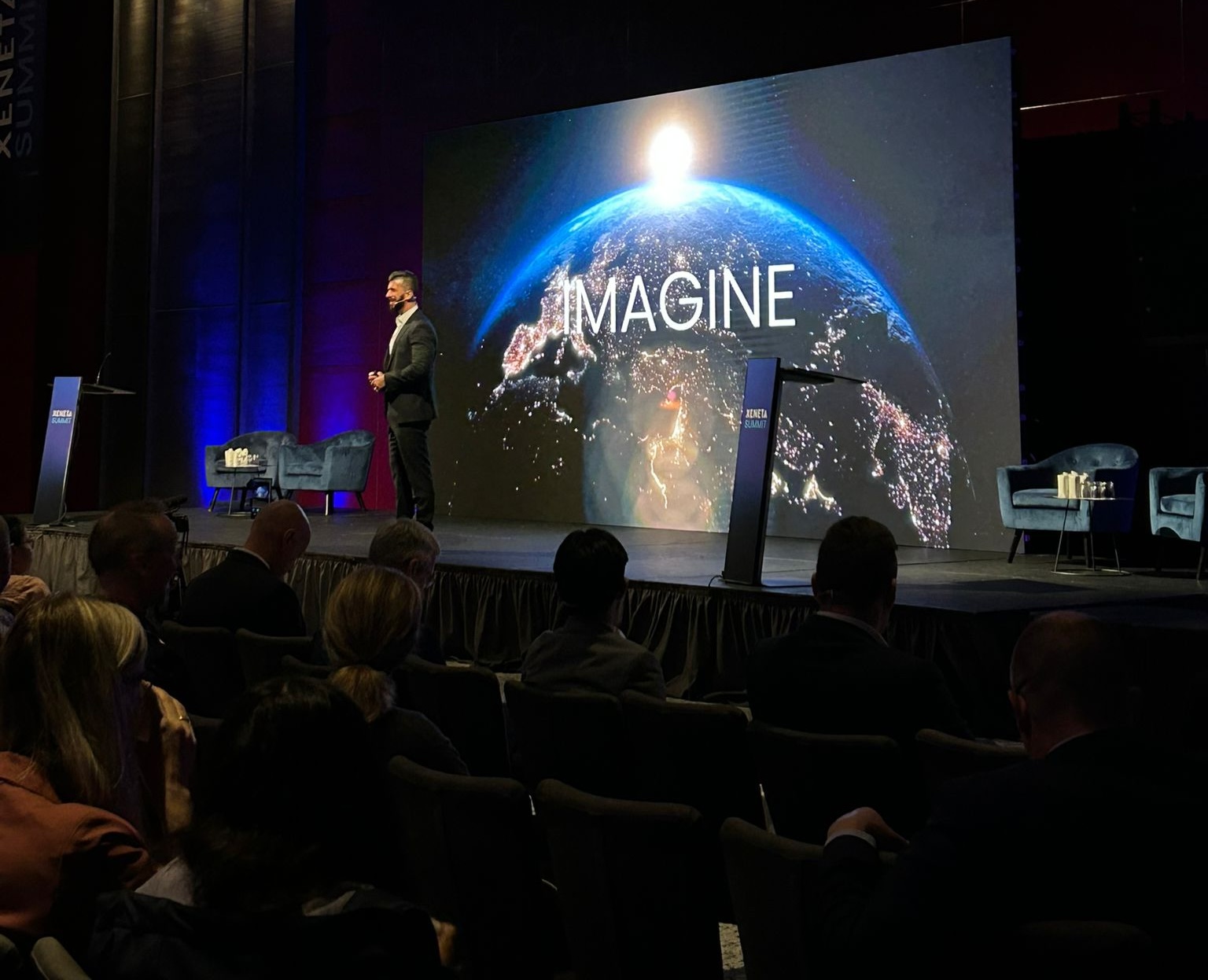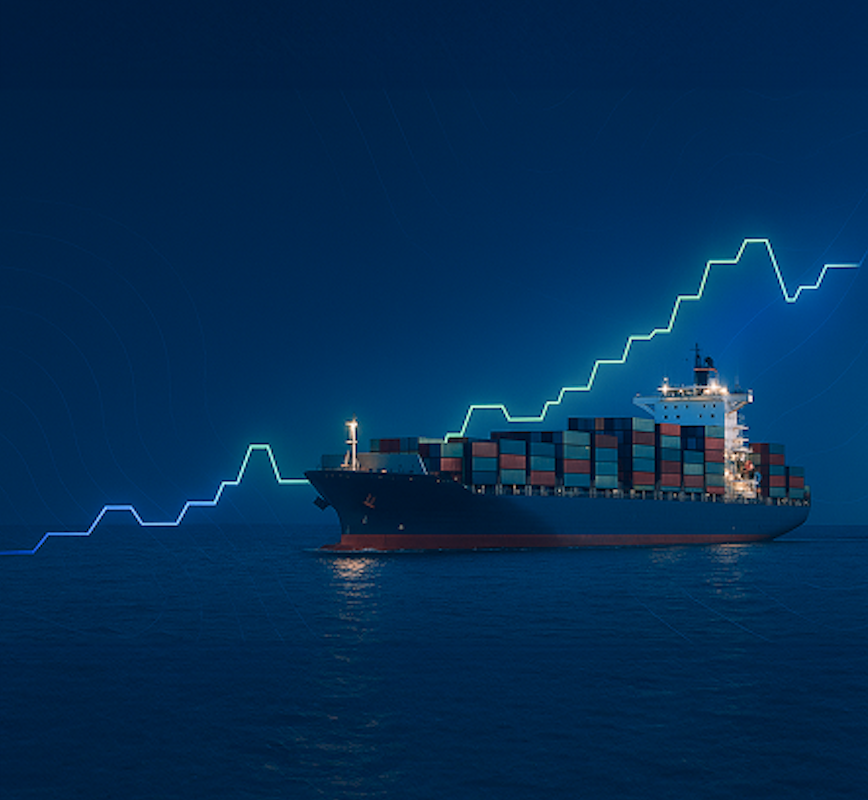
5 Ways to Successfully Run a Risk-Ready Tender
In 2003, Canadian power company TransAlta – an electricity power generator and wholesale marketing c...
Imagine how freight procurement used to be: teams relying on instinct, endless phone calls, and piecing together fragmented data from carriers and forwarders. The process was slow, tedious, and reactive. Back then, that was enough to get by. But the world of supply chain has transformed. Today, it's faster, more intricate, and far less forgiving. The old way just doesn’t cut it anymore.
Read our complimentary Freight Intelligence Buyer's Guide to discover:
Why traditional approaches fall short
The tangible benefits of freight intelligence
Questions to ask when evaluating Freight Intelligence Providers
Trusted by the world's biggest buyers & sellers of ocean & air freight

In 2003, Canadian power company TransAlta – an electricity power generator and wholesale marketing c...

Freight procurement has always required discipline. In a volatile market, it demands even more. Yet ...

Carrier decisions have always shaped supply chain performance, but the past decade has pushed the li...

Carrier selection has always been one of the most influential decisions in freight procurement. Yet ...

Ask any ocean procurement team what drives their carrier decisions and you will hear a familiar answ...

The last few years have been a stress test for global supply chains. Rates surged to historic highs,...